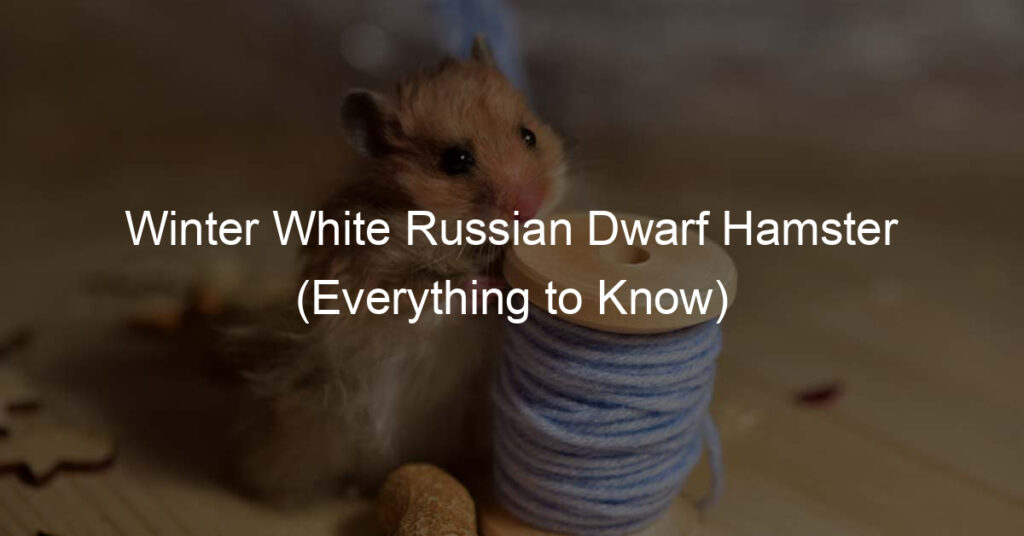Winter White Russian Dwarf Hamster is a low-maintenance pet that demands regular feeding and cleaning.
Although they will never be completely tame, you can train most winter whites to tolerate light handling well.
Stay with me as we learn more about this hamster species.
Details About a Winter White Russian Dwarf Hamster
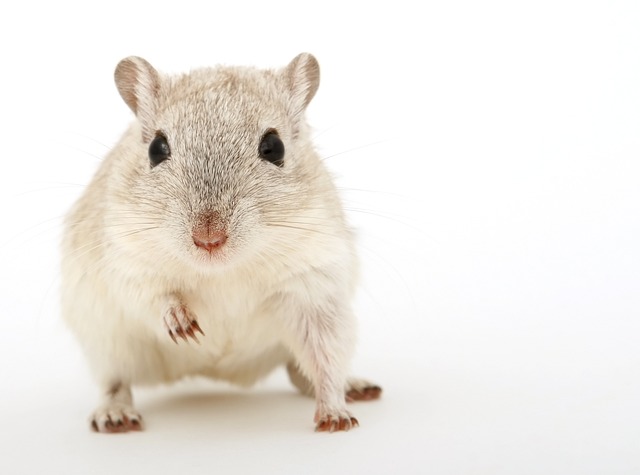
1. Temperament and Behavior
Winter whites can make wonderful and comparatively low-maintenance pets, even for people unfamiliar with hamster care.
They are often friendly and less likely to bite than other hamster species due to their higher tolerance to handling.
They may still bite, though, if startled or pressured. Additionally, some individuals, particularly young children, could find them too quick and small to handle safely and gently.
Although these hamster pets are nocturnal, they may occasionally be active during the day. Although they are primarily peaceful pets, if you put their enclosure close to your bed, their midnight activity may wake some people.
Additionally, they’re a reasonably social species that, when adopted at a young age, could be raised in same-sex groups or pairs.
However, adult hamsters who are unfamiliar with one another could become aggressive and start fighting. Even young hamsters raised in groups may start fighting as they grow older and should be separated.
Additionally, avoid exposing winter white dwarf hamsters to other pets, such as different hamster species, since this could result in stress and possible harm.
2. Life Span
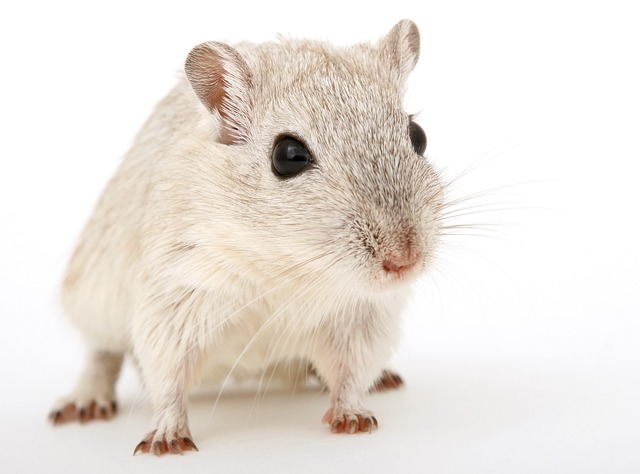
Winter White dwarf hamsters live 1.5 to 2 years on average. Generally, hamsters live relatively short lives, and Winter Whites are among the hamster species with the shortest lifespans.
However, a shortened lifetime can occasionally be the best option for young children or new pet parents. There is no requirement for a 10-plus year commitment, unlike with pets like dogs or even some fish species.
3. Training
The majority of owners primarily train their pet hamsters by hand-taming them. It’s also crucial to remember that hamsters will never feel at ease being handled.
It is best to begin handling hamsters as young animals. When doing so, take a seat on the floor safely because a drop of even a few feet can harm such a small animal.
Hamsters should never be shaken or squeezed. To get the hamster to settle in your hands, simply bring a treat for them.
4. Colors
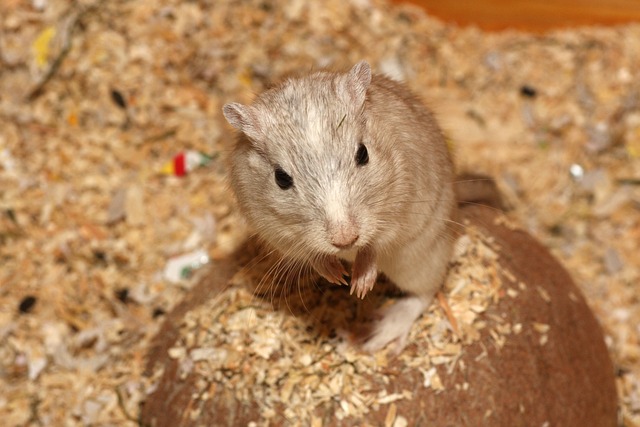
The winter white has gray-blue or “agouti” colored fur. Additionally, they have white or light fur in their belly area.
5. Grooming
Hamsters are typically tidy creatures who do a fantastic job of grooming themselves. They do not need to be bathed or brushed.
If something gets trapped in their fur, you should help them remove it by giving the area a gentle rubdown with a wet cloth if they’re okay with it.
6. Exercise
Your hamster pet needs enough exercise to keep him healthy and avoid conditions like obesity as provided you offer a spacious habitat with an exercise wheel.
Your hamster can exercise outside his cage by rolling around on an exercise ball.
Make sure you pick a ball that is the right size for dwarf hamsters and keep an eye on the hamster whenever it is in the ball.
7. Cage Size
Bigger hamster cages are usually better. Therefore, choose the biggest cage you can manage. The standard minimum is often 24 inches in length and 12 inches in width. These measures are equivalent to a 20-gallon aquarium.
When purchasing a conventional wire-top cage, use caution. Sometimes these are made specifically for Syrians, and the wire distance needs to be more significant.
Always select an enclosure with very little bar spacing since dwarf hamsters can squeeze themselves and escape out of almost any space.
A glass aquarium is a better option for a Winter White. This can be a wonderful home for the pet and is just as excellent as a wire-top cage. Just make sure the hamster inside has proper ventilation.
8. Diet
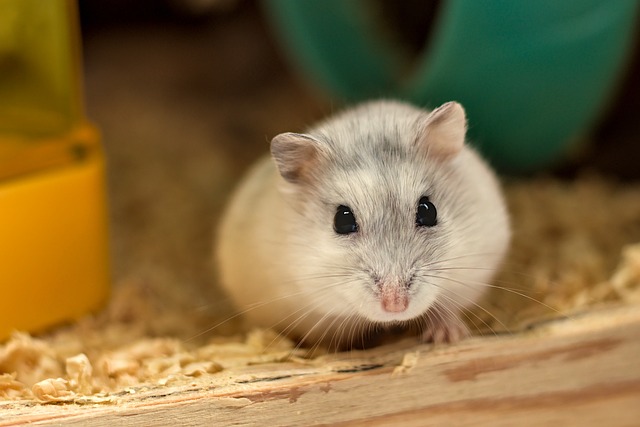
Choose a commercial hamster meal for dwarf hamsters as your pet’s main diet. Follow the feeding recommendations on the label and those of your veterinarian.
Given that they tend to graze, hamsters always need some of this food on hand. Alternatively, you can place a tiny porcelain bowl in the enclosure with a full day’s worth of meals. After a day, you should throw out any leftover food and refill the bowl.
Additionally, you can provide some other foods. Be sure to consult your veterinarian to determine the right kinds and dosages.
Some choices are carrots, greens, oats, and blueberries. To avoid rotting, keep fresh food in a dish apart from the main diet and throw it out after several hours. It’s great to feed your hamster in the evening after they wake up.
Additionally, always give your hamster access to clean and fresh water. The ideal water bottle should hang on the cage’s side because it is simple to maintain.
Nevertheless, always add a little water dish until you confirm that your pet is taking water from the bottle.
Make sure the bottle’s nozzle is working correctly regularly, and replace the water daily.
Conclusion
Winter White Russian Dwarf Hamster is one of the best pets to have. The pet is cheap to acquire and requires little maintenance.
They are also great companions to keep as pets. Good luck in making your decision on whether you’ll get one or not!

